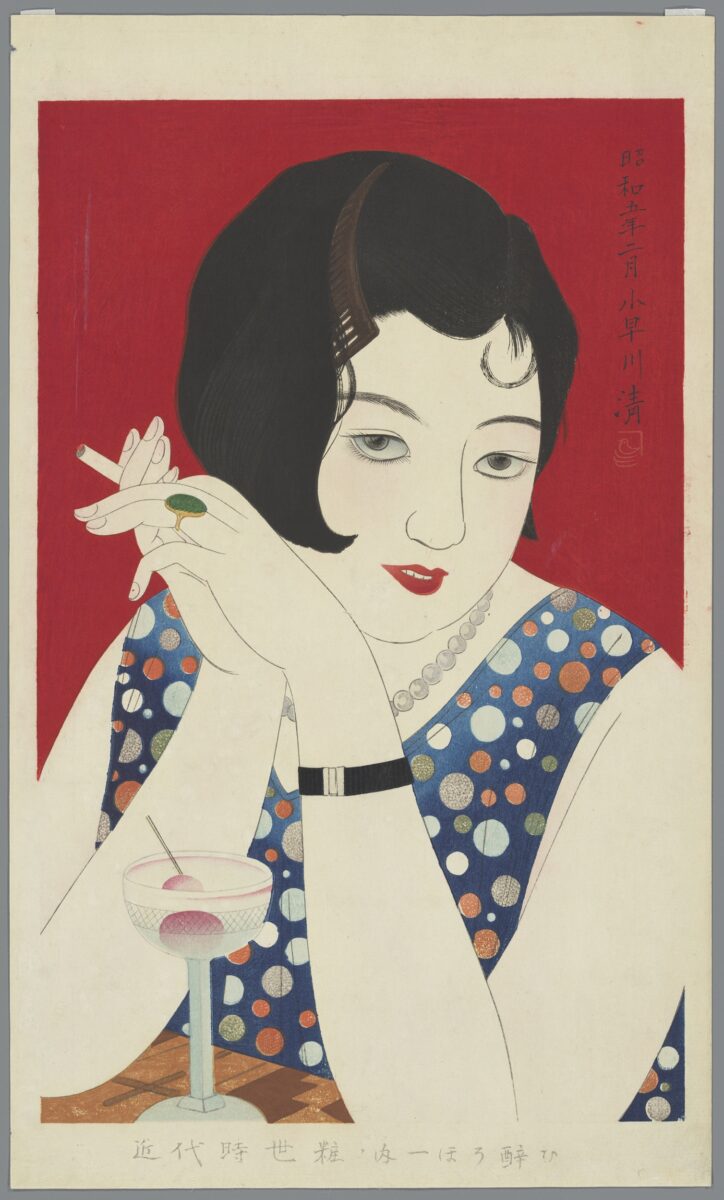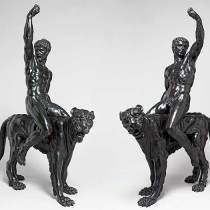Elise Wessels has gifted, through the Für Elise Foundation, a substantial part of her collection to the Rijksmuseum, comprising more than 1,100 Japanese prints. The Nihon no hanga collection is one of the most important collections of 20th century Japanese prints in the world. Thanks to the gifting, the Rijksmuseum will be able to offer for the first time a representative overview of Japanese work on paper from the 17th to the 20th century. The Rijksmuseum will mark the donation with an exhibition in the Asian Pavilion, from 12 October 2022 to 16 April 2023, focusing on the multifaceted nature of Elise Wessels’s collection.
Elise Wessels Collection
Elise Wessels bought her first Japanese print in the 1980s, at the shop of the famous publisher Watanabe Shōzaburō. This marked the birth of a passion for collecting. She only bought prints that she found beautiful, and always remained true to this principle. As well as visiting Japan to acquire work, she also travelled elsewhere in Europe, and to the United States. With advice from experts, her collection grew to become a virtually complete compendium of Japanese prints from the first half of the 20th century. Prints from this period are defined by two different styles: sōsaku-hanga (creative prints), which places emphasis on innovation and explores subjects such as modern life and the city; and shin-hanga (new prints), which draws on the style from previous centuries. Elise’s decision to focus, from the outset, on both shin-hanga and sōsaku-hanga, is one of the reasons her collection is so unique and complete.
2009 saw the opening of her private museum, called Nihon no hanga, where, working together with the museum’s curator, Elise Wessels organises two exhibitions each year. In 2013, Elise Wessels became affiliated with the Rijksmuseum through a fund set up to increase the visibility of Japanese prints in the museum. This was followed in 2016 by the Japan Modern exhibition at the Rijksmuseum, featuring highlights from her collection. Elise Wessels is marking her 80th birthday by transferring a large proportion of her collection, including several rare items, through the Für Elise Foundation to the Rijksmuseum.
Japanese prints in the Rijksmuseum
Donations have always been important for the development of the Rijksmuseum’s collection of Japanese prints. The first dates back to 1902, and many gifts, bequests and acquisitions have followed since. The Rijksmuseum collection contains important works by renowned artists such as Utamaro, Hokusai and Hiroshige. It is thanks to the donation of Elise Wessels’s collection that all the major Japanese print artists of the early 20th century are now represented in the Rijksmuseum collection by their most important works. With this donation, the Rijksmuseum now holds more than 5,000 Japanese prints, albums and illustrated books, alongside its Asian art collection, which, thanks in part to a long-term loan from the Asian Art Society in the Netherlands (KVVAK), comprises another 8,000 objects.
Exhibition in the Asian pavilion
More than 60 of the donated prints will be on display in the Rijksmuseum’s Asian Pavilion from 12 October 2022 to 16 April 2023. The selected works trace the origins and development of shin-hanga and sōsaku-hanga, and reflect the diversity of the gifted collection. The exhibition will include a number of Elise Wessels’ personal favourites, including Diving (1932) and Portrait of Hagiwara Sakutarō (1949) by Onchi Kōshirō, and Pencilling Her Eyebrows by Itō Shinsui (1928). The catalogue Japan Modern from 2016 is being reissued to mark the occasion.



